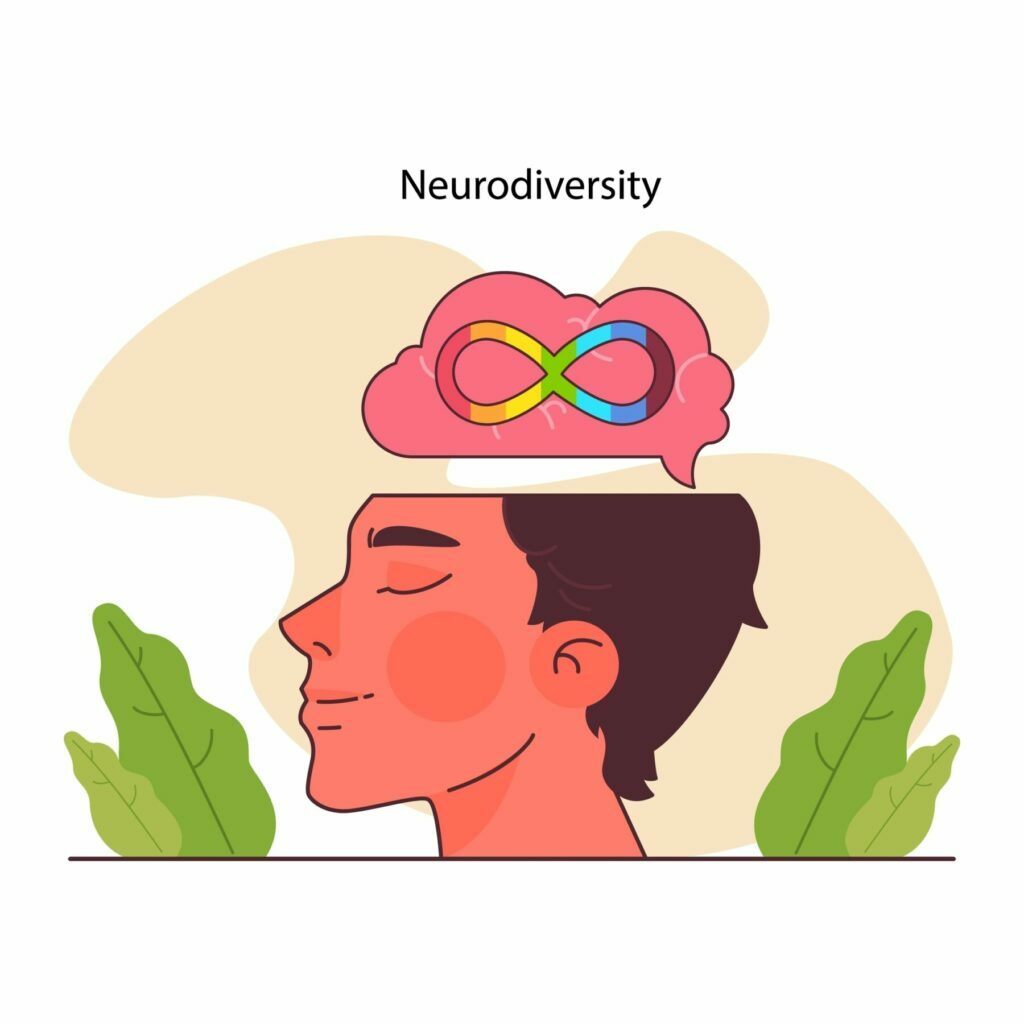Boundaries vs. Controlling Behavior: Where’s the Line?

As therapy and psychological wellness have become more mainstream (yay), knowledge and use of terms like boundaries have become more widespread (also yay, but sometimes boo). Unfortunately, sometimes individuals utilize so-called “therapy speak” to exert control, calling their controlling and manipulative behaviors boundaries when they’re really not. Differentiating the two and learning true boundary-setting skills has become increasingly important.
More recently we’ve seen a potential example of this when surfer Sarah Brady shared alleged screenshots of her texts with her ex-boyfriend, Jonah Hill. Many people have questioned Jonah Hill’s use (or misuse) of the term boundaries within those texts. This has sparked conversations about the thin line between setting boundaries and exhibiting controlling behavior.
Within his alleged texts, Jonah Hill lists many things that Sarah Brady can or cannot do according to his “boundaries.” Lay people and professionals alike have come to their keyboards questioning if these are true boundaries or a misuse of the term boundary to use therapy speak to exert control.
As stated in this Upworthy article Jonah Hills’ alleged texts do not constitute boundaries because “boundaries do not attempt to control someone else’s behaviors and are not geared at changing the person’s way of life… [and are instead] a measure of what an individual will accept in their own personal life and the actions they themselves will take”.
But, enough with the celebrity gossip, let’s explore how you can better understand the difference between boundaries vs. controlling behavior.
Setting Boundaries: A Sign of Self-Respect and Respect for Others
Setting boundaries is a fundamental aspect of maintaining healthy relationships, whether they be personal or professional. When done correctly, it is a demonstration of self-respect and respect for others. Here’s what boundary setting involves:
- Communication: Boundary setting begins with clear and open communication. It’s about expressing your needs, expectations, and comfort levels with others. Use “I” statements to express your feelings and needs without blaming the other person.
- Empathy: Understanding that individuals have their own boundaries and feelings is essential. Respecting their limits is as crucial as setting your own.
- Respect: Setting boundaries effectively requires that you deliver your message with kindness and respect, recognizing that boundaries are a two-way street.
- Self-Awareness: Knowing your own limits and triggers is vital. This self-awareness helps you define your boundaries and communicate them effectively.
- Consistency: Not everyone will respond positively to your boundaries. Prepare to reassert them calmly, if needed. Consistently enforcing your boundaries reinforces their importance and helps others understand and respect your limits.
Boundary Setting in Practice
Consider a few examples of boundary setting:
- In a romantic relationship, you express that you need some personal space and alone time to recharge.
- At work, you clearly define your responsibilities and working hours. You communicate when you’re available and when you’re off the clock.
- In a friendship, you discuss your boundaries regarding sensitive topics. You kindly request that certain subjects remain off-limits.
- With family, you explain the value of having family members visit while also gently indicating that visits need to be announced prior to arrival.
Controlling Behavior: The Erosion of Autonomy
Controlling behavior, on the other hand, represents an unhealthy power dynamic in a relationship. It involves imposing your will on others, disregarding their autonomy, and denying their right to make choices.
Key characteristics of controlling behavior include:
- Manipulation: Control often involves manipulative tactics, such as guilt-tripping, intimidation, or passive-aggressive behavior.
- Lack of Consent: In controlling behavior, one party makes decisions for others without their consent or against their will.
- Disregard for Feelings: The feelings and autonomy of the controlled person are often disregarded, causing emotional harm and distress.
- Fear and Coercion: Control is often maintained through fear or coercion, creating an environment of unease and apprehension.
Drawing the Line
The line between setting boundaries and exhibiting controlling behavior is crystal clear. Setting boundaries respects the autonomy and feelings of both parties involved, fostering healthier relationships. Controlling behavior disregards the rights and feelings of others, causing harm and distress.
Whether it’s Jonah Hill’s supposed texts or the behaviors you’re seeing in yourself or others, it’s valuable to explore the distinction between setting boundaries and controlling behavior. Healthy boundary setting is a cornerstone of respectful, equitable relationships while controlling behavior erodes trust and autonomy. By fostering a culture of open communication and respect for each other’s limits, we can build stronger, more harmonious connections in our personal and professional lives.
Therapy Can Help with Boundary Setting
Therapy for relationships offers a supportive space to explore and understand your personal limits, which is essential for cultivating healthy interactions with others. It can provide you with the tools and language to effectively communicate your boundaries, a crucial step towards healthier interpersonal dynamics. It equips you with strategies to communicate your limits clearly and assertively in various relational contexts. Moreover, therapy helps you navigate and maintain these boundaries, enhancing self-respect and the overall quality of your interactions with others.
This blog is made for informational and educational purposes only. It is not medical advice. The information in this blog is not intended to (1) replace a one-on-one relationship with a qualified licensed health care provider, (2) create or establish a provider-patient relationship, or (3) create a duty for us to follow up with you.



